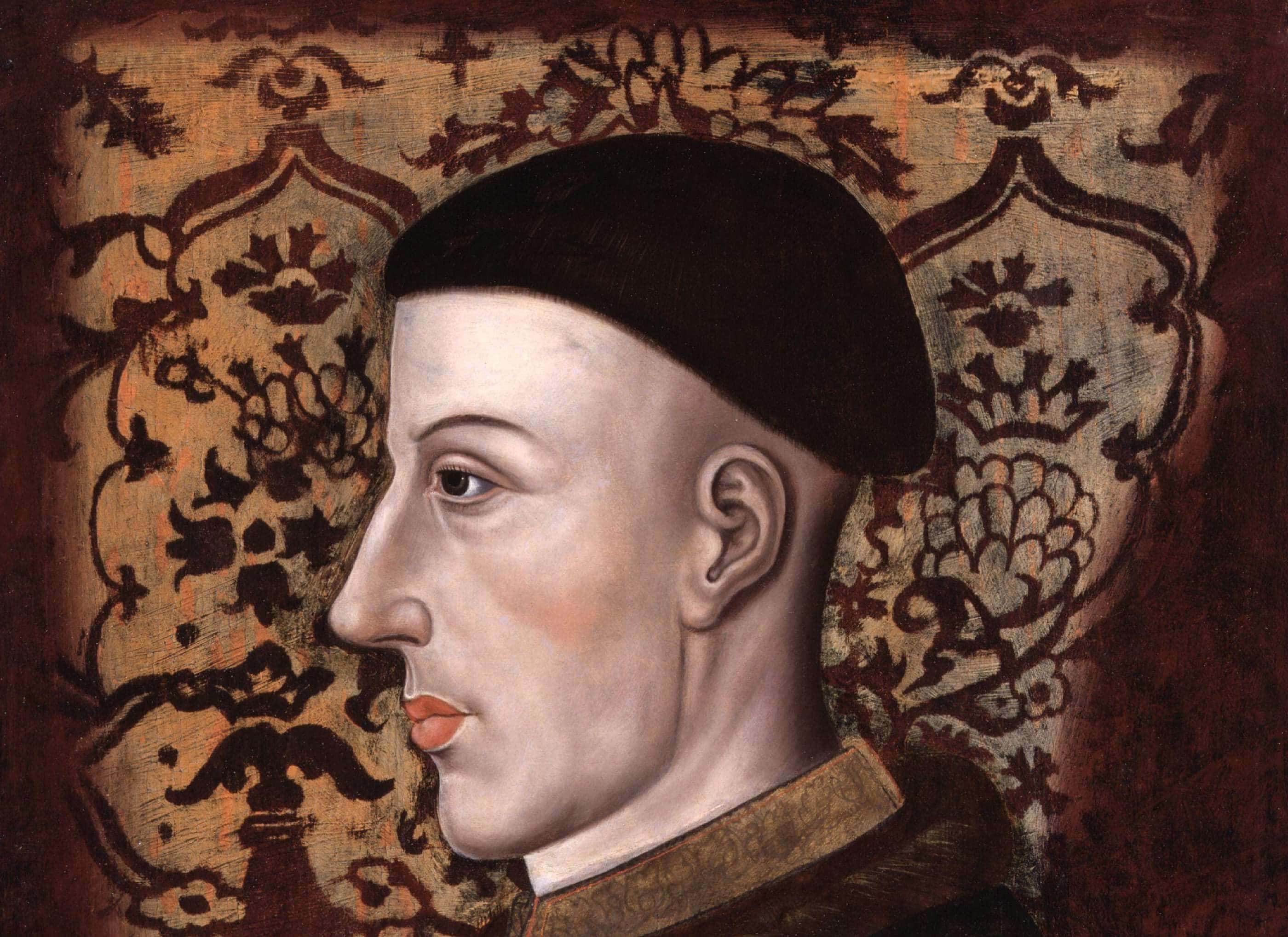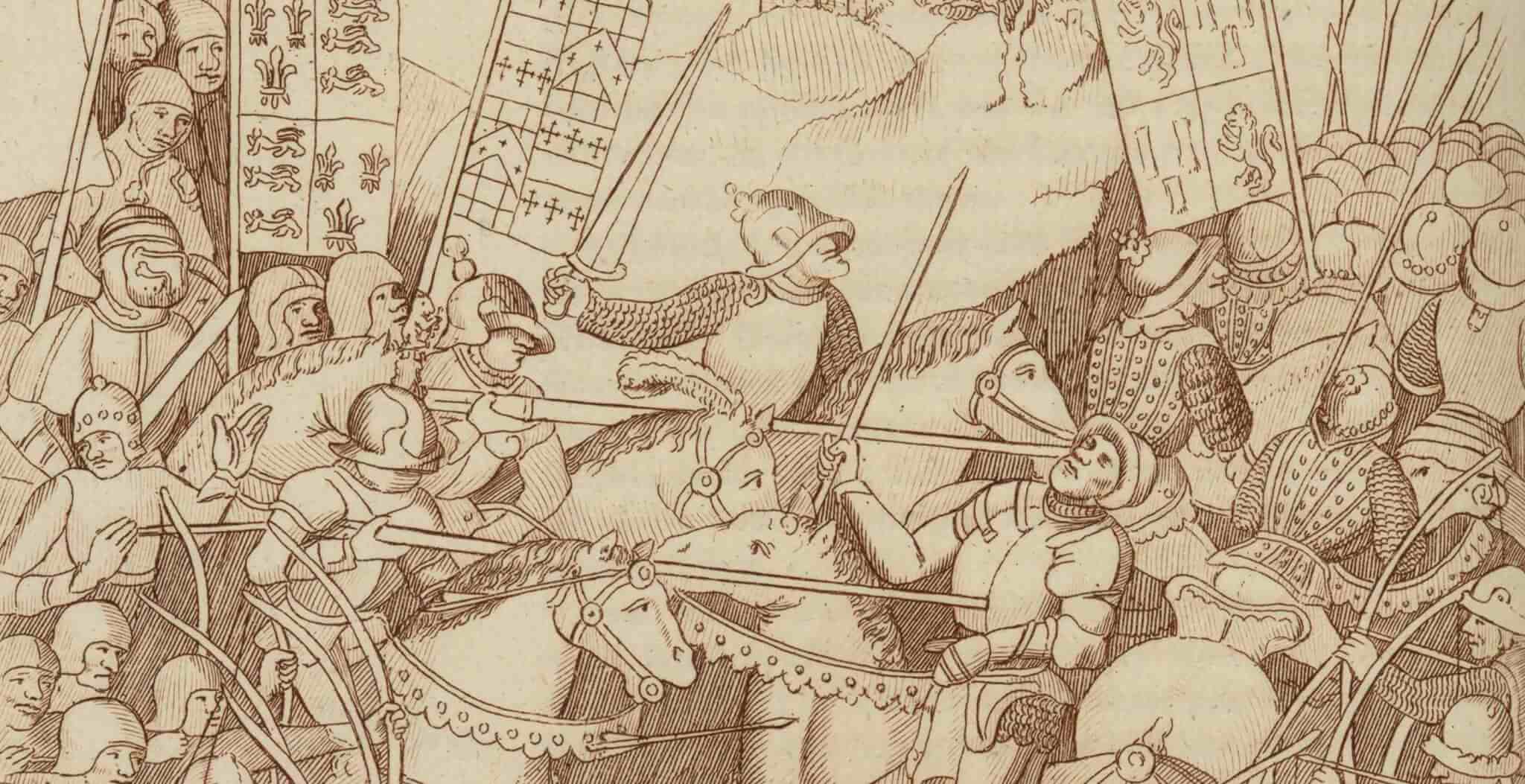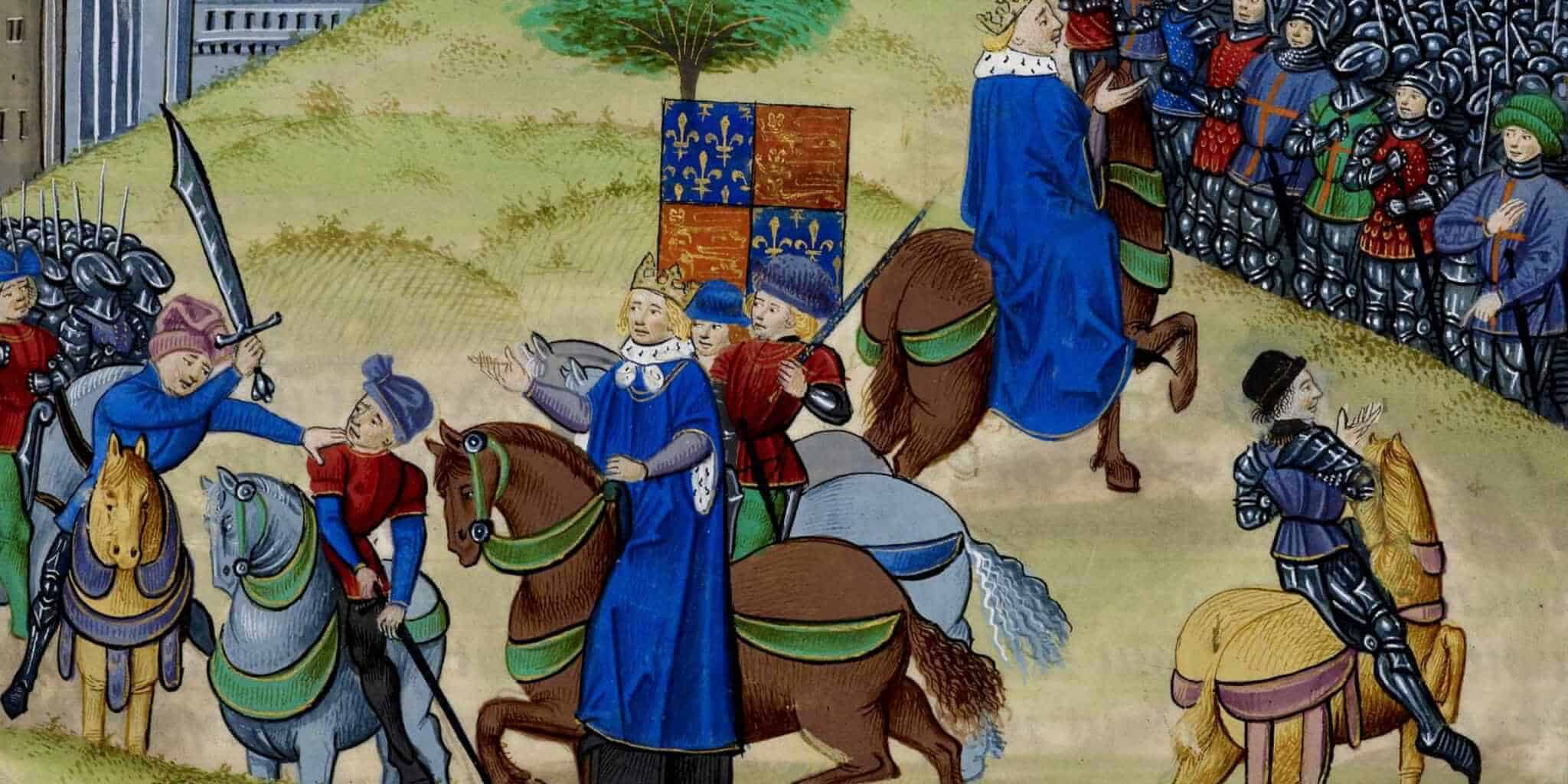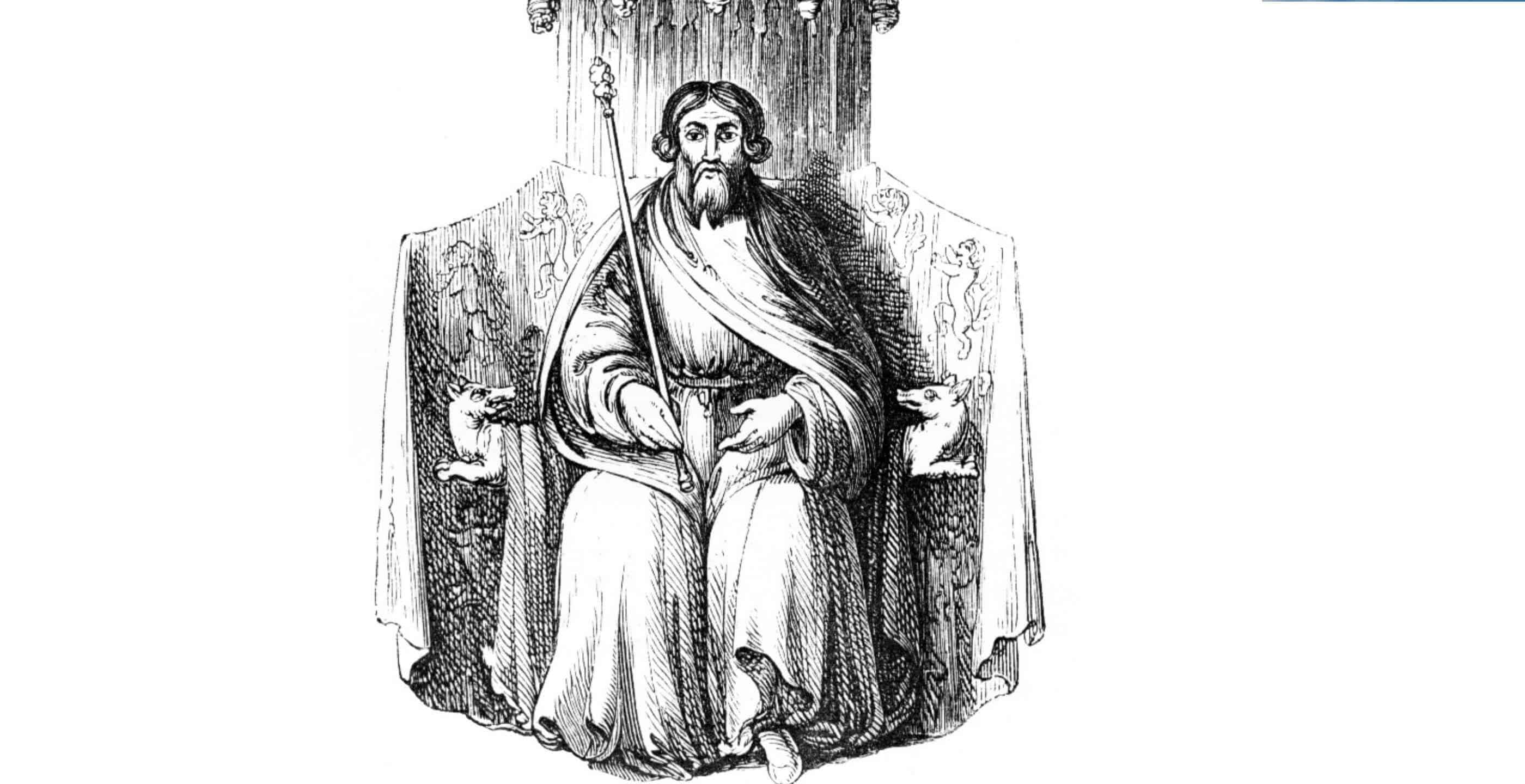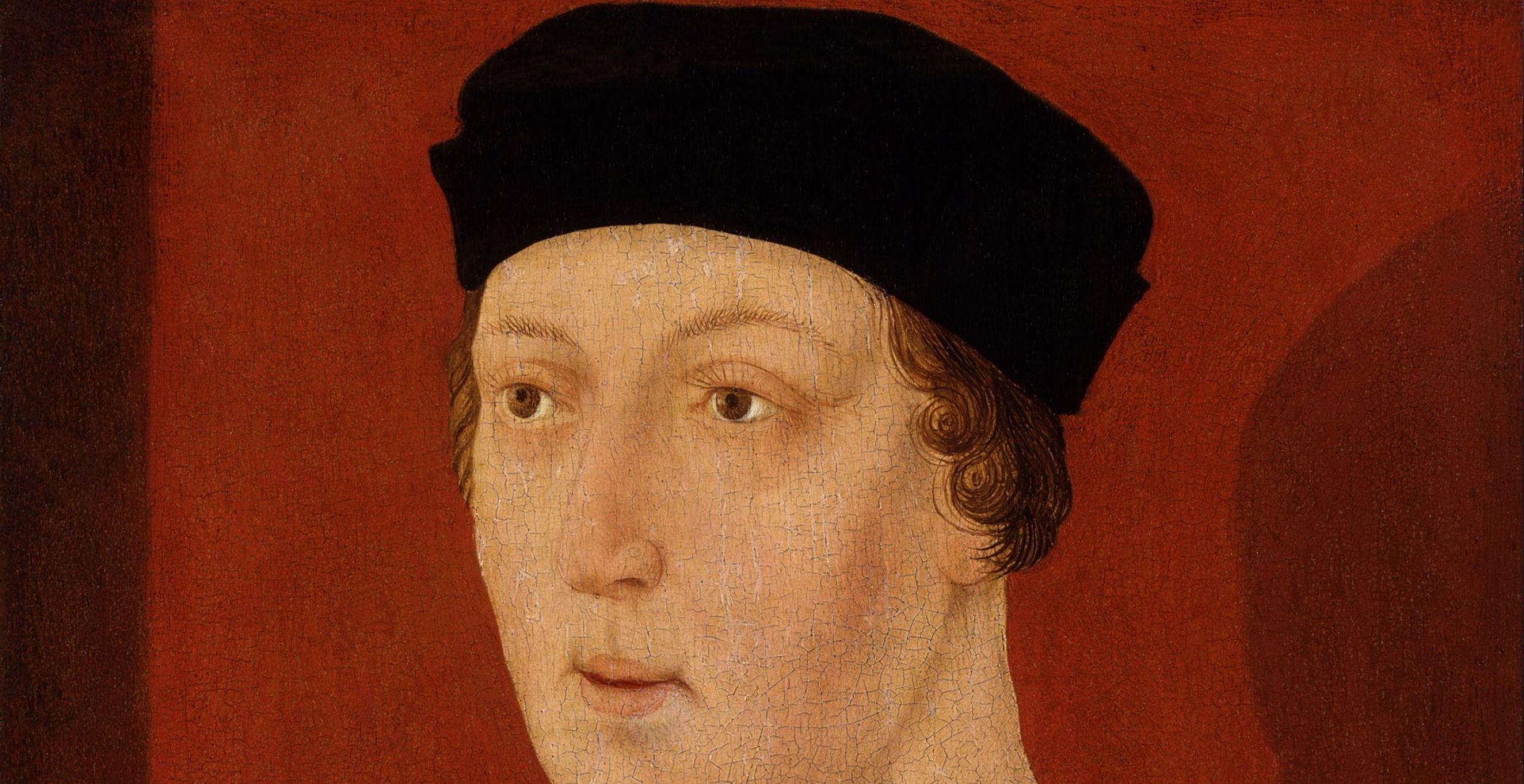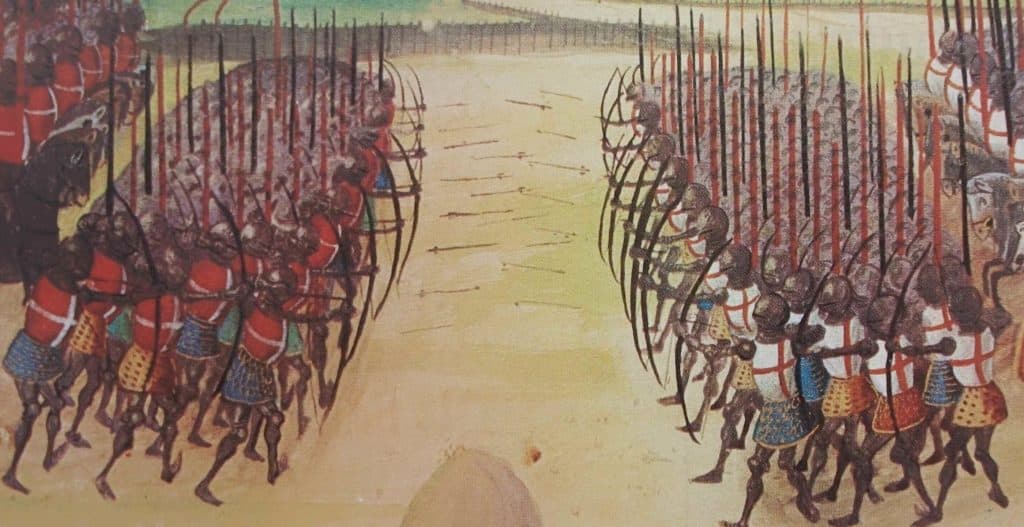King Henry V, warrior king, shining example of medieval kingship and a living legend.
He was born in September 1386 in Wales at Monmouth Castle, the son of the future Henry IV of England and his wife Mary de Bohun. His lineage was impressive with notable ancestors such as John of Gaunt and Edward III. His cousin Richard II was the presiding monarch at the time of his birth and would have a notable impact on the young Henry as he took him under his wing.
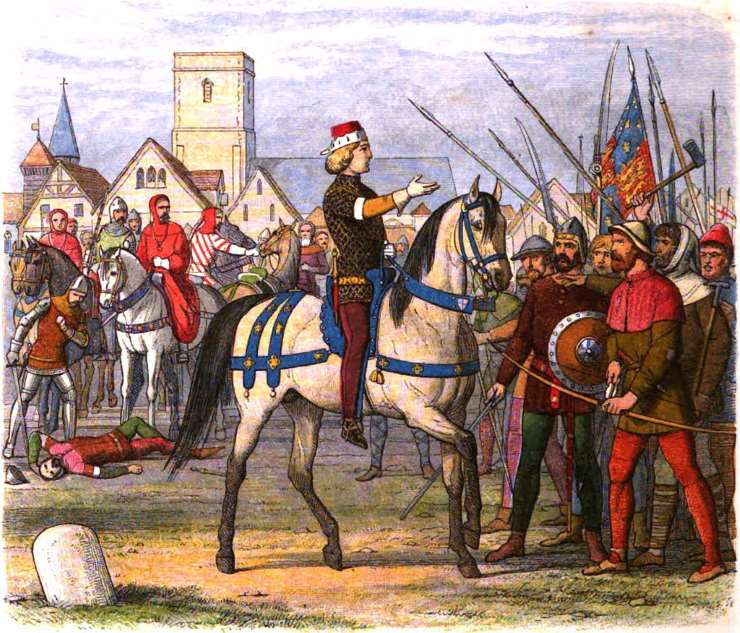
Unfortunately for Richard, his reign was about to come to an abrupt end. His time as king had been plagued with difficulties including ongoing conflict with France, the Peasants’ Revolt and issues on the border with Scotland. In 1399 John of Gaunt, Richard II’s uncle who was also young Henry’s grandfather, passed away. In the meantime, Henry’s father known as Henry of Bolingbroke who had been living in exile, led an invasion in June that quickly escalated into a full-scale claim for the throne.
Henry of Bolingbroke found little difficulty in executing his mission; in no time at all, Richard found himself deposed, usurped by Henry who pronounced himself King Henry IV, leaving Richard to die in prison a year later. In this series of events, young Henry was now set to become heir to the throne of England. In November the same year, as his father’s coronation took place, Henry became known as Prince of Wales, a prominent and famous title that he would hold until his succession to the throne.
His royal title and privileges were not without contention, as the Prince of Wales was forced to engage in battle when the rebellion by Owen Glyndwr in Wales revolted against the English crown for nine years, eventually concluding in an English victory.
His adolescence was markedly impacted by battles and conflicts which erupted during his youth. His military might was tested not only with the Welsh rebellion but when faced with the powerful Percy family from Northumberland at the Battle of Shrewsbury. In 1403 the battle was in full swing, a conflict designed to defend his father’s interests as king against a rebel army led by Henry “Harry Hotspur” Percy.
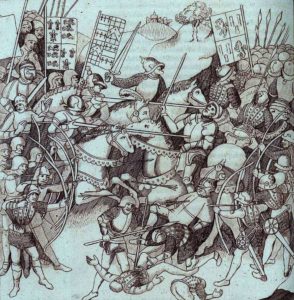
Whilst the battle ensued, young Henry narrowly escaped death when an arrow struck him in the head. Fortunately for him, the royal physician attended to his wounds over the next few days, operating on him and eventually pulling the arrow out with minimal damage (treatment he would not have received had he not been heir to the throne). The miraculous recovery left the sixteen-year-old prince with a scar on his face as a permanent reminder of his military escapades; nevertheless, his taste for military life was not diminished despite his near death experience.
Henry’s appetite for military engagement was equally matched by his desire to involve himself in government. By 1410, his father’s ailing health allowed him to gain temporary control of proceedings for around eighteen months, in which time he implemented his own ideas and policies. Inevitably, upon his father’s recovery, all measures were reversed and the prince was dismissed from council, falling out with his father as he did so.
In 1413 King Henry IV passed away and his son assumed the throne and was crowned king on 9th April 1413 at Westminster Abbey amid treacherous blizzard conditions. The new king, King Henry V was described as imposing in stature with dark hair and a ruddy complexion.
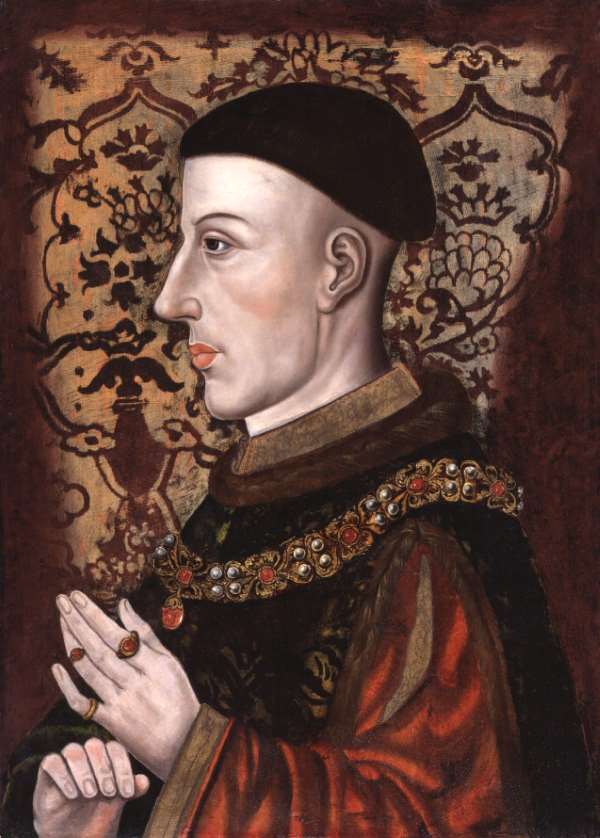
He began work straight away, dealing first with domestic issues which from the outset he addressed as a ruler of a united nation, making clear to put past differences aside. As part of this plan he introduced the formal use of English in all government proceedings.
His domestic policy was generally successful and deterred any serious treats to his throne, including that of Edmund Mortimer, Earl of March. Whilst his domestic issues were dealt with, Henry V’s real threats and ambitions loomed from across the English Channel.
In 1415 Henry sailed to France, determined in his desire to lay claim to the French throne and regain lost lands from his ancestors. Strongly motivated as he was, he found himself embroiled in the Hundred Years’ War which had been escalating since 1337.
With much military experience under his belt, Henry made bold manoeuvres and won the siege at Harfleur, gaining the port in a strategic victory, an episode of history famously depicted in Shakespeare’s play ‘Henry V’. Unfortunately for him and his army, the English were struck down by dysentery long after the siege ended, leading to around one third of his men dying from the disease. This left Henry with greatly reduced numbers, forcing him to set out with his remaining men to Calais, hoping to evade the French as they made their way.
Unfortunately he had no such luck and was forced to engage in battle at Agincourt on 25th October 1415. It was the day of Saint Crispin, a feast day, when Henry led his diminished men against the imposing French army. The disparity in numbers was great, with the French estimated to have around 50,000 compared to England’s 5,000 men. The prospect of victory looked small for the English but Henry’s strategical experience was about to be their saving grace.
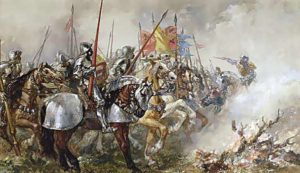
The plan by Henry was to use the field at its narrowest point, wedged between wooded areas on either side. This choke-point would prevent the significantly larger French army from surrounding the English. In the meantime Henry’s archers defiantly launched their arrows in a series of volleys, whilst the French, who had charged towards them through the mud, were met by a row of stakes reaching six feet tall, forcing the French to retreat.
In the end, the French found themselves confined to a small space making any tactics difficult to implement. The result was a shattering loss for the large army; trapped and wearing large armour they found themselves weighed down, resulting in enormous casualties. Henry and his small army of men had defeated the larger and more robust army thanks to strategy.
Henry returned to England triumphant, welcomed in the streets by his people who now held him in the highest possible regard as the warrior king.
Henry built on his success soon afterwards when he returned to France and successfully took Normandy. In January 1419 Rouen was forced to surrender and fearing the worst, the French drew up an agreement known as the Treaty of Troyes which confirmed that King Henry V would inherit the French crown after King Charles VI of France. This was a major success for the king; he had achieved his goal and in doing so won victory and admiration back in England.
Henry’s victories did not end there. Having secured the French crown with the treaty, his attention then turned to Catherine of Valois, the youngest daughter of King Charles VI of France. In June 1420 they married at Troyes Cathedral and he returned to England with his wife in tow, where she was crowned Queen at Westminster Abbey in February 1421.
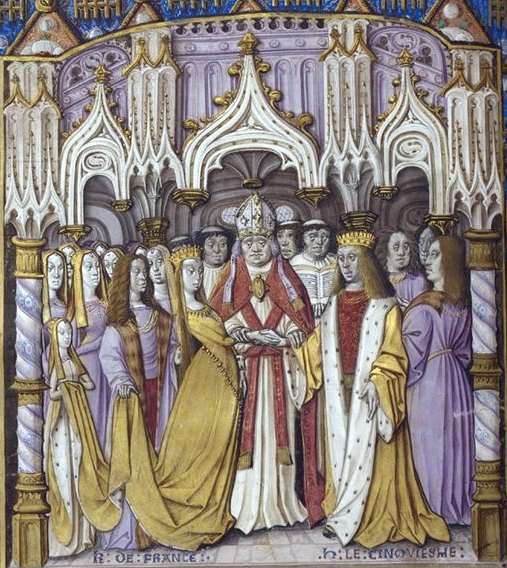
The spoils of war however had continued to spur on Henry V and he soon returned to France to continue with his military campaigns despite the fact that Catherine was now heavily pregnant. In December she gave birth to their only child, a son called Henry, another boy destined to be King.
Tragically, the future King Henry VI of England was never able to meet his father. On 31st August 1422 whilst engaging in a siege at Meaux Henry V died, possibly of dysentery, only a month before his thirty-sixth birthday.
His legacy would live on as his son would become Henry VI of England and Henry II in France. Henry V had in a short time defined the country with his military prowess and left an indelible mark in England and abroad, an impact so distinct that Shakespeare himself memorialised him in literature.
“Too famous to live long”
(John, Duke of Bedford, Henry’s brother who was present at his death).
